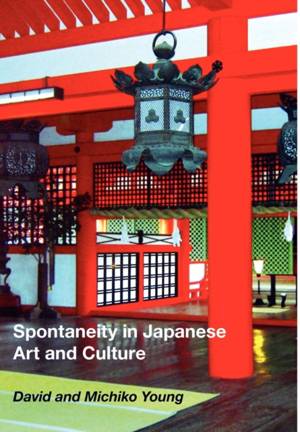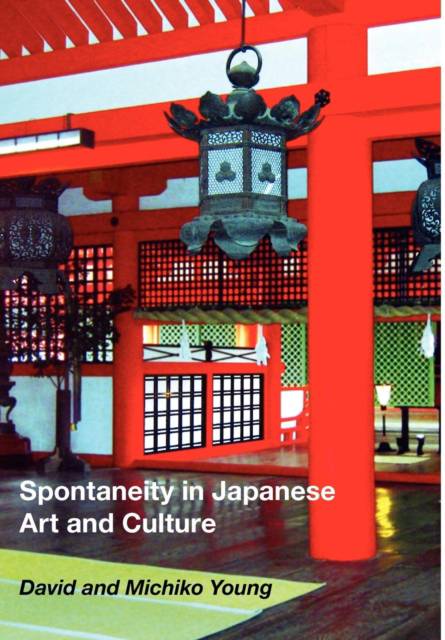
- Afhalen na 1 uur in een winkel met voorraad
- Gratis thuislevering in België vanaf € 30
- Ruim aanbod met 7 miljoen producten
- Afhalen na 1 uur in een winkel met voorraad
- Gratis thuislevering in België vanaf € 30
- Ruim aanbod met 7 miljoen producten
Zoeken
€ 100,45
+ 200 punten
Omschrijving
This book is the culmination of many years of research on Japanese aesthetics by David and Michiko Young, authors of The Art of the Japanese Garden and The Art of Japanese Architecture (Tuttle Publishing). The book contains more than 200 color photographs on a variety of topics pertaining to Japanese art and culture. There are two major aesthetic traditions in Japan --a Restrained Tradition and an Exuberant Tradition. In phenomena as diverse as art, architecture, gardens, clothing, the objects people use and interior decor, the influence of both traditions can be seen. Instead of competing with each other, these two traditions are opposite ends of a continuum on which people move back and forth between restraint and exuberance in the course of their daily lives, depending upon the circumstances. This movement is not arbitrary but governed by principles that go to the core of Japanese culture. The goal of this book is to provide a better understanding of these basic principles. An important theme throughout the book is that Japan is a highly structured society in which people value but seldom have the opportunity to express spontaneity in art and everyday life. True spontaneity is achieved only when an art form is totally mastered so that it flows freely without thought. This kind of spontaneity is seen in children's art, much of the art of Zen Buddhism or absorption in a hobby, sport or music. Most of the time, individuals seek escape from the restrictions of everyday life in fantasy, as evidenced by the popularity of manga and the great diversity of after-hours entertainment in Japan. Sometimes, however, they turn to the values incorporated in the concept of SHIBUSA, an important aesthetic concept in Japan. SHIBUSA attempts to find a compromise between spontaneity and a high level of taste. SHIBUI aesthetics, which favor values such as austerity, asymmetry and subdued colors, is toward the restrained end of the Restraint-Exuberance Continuum. At the same time, however, it represents what we have called "spontaneity of effect," creating an atmosphere that appears to be relaxed and spontaneous, even if it is not truly spontaneous. We believe that the concept of SHIBUSA is a major contribution of Japan to the rest of the world.
Specificaties
Betrokkenen
- Auteur(s):
- Uitgeverij:
Inhoud
- Aantal bladzijden:
- 208
- Taal:
- Engels
Eigenschappen
- Productcode (EAN):
- 9780988111004
- Verschijningsdatum:
- 15/07/2012
- Uitvoering:
- Hardcover
- Formaat:
- Genaaid
- Afmetingen:
- 163 mm x 231 mm
- Gewicht:
- 544 g

Alleen bij Standaard Boekhandel
+ 200 punten op je klantenkaart van Standaard Boekhandel
Beoordelingen
We publiceren alleen reviews die voldoen aan de voorwaarden voor reviews. Bekijk onze voorwaarden voor reviews.








